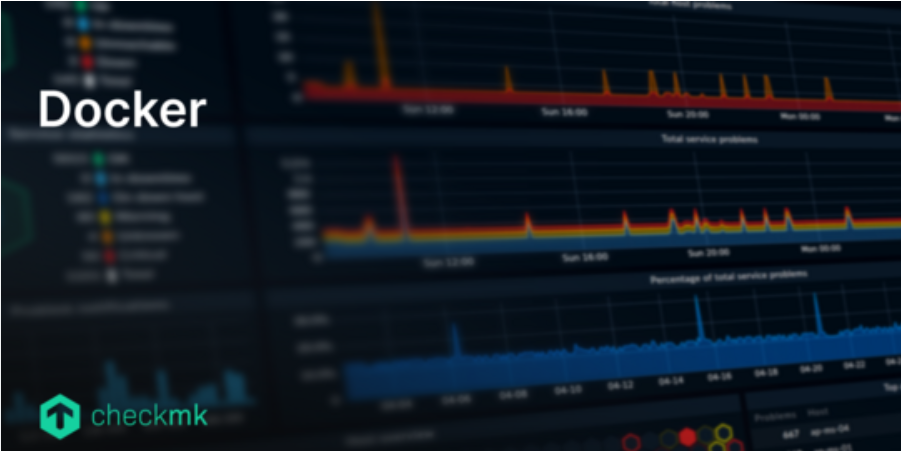Most modern CSPM tools now offer both approaches, although the agentless approach is popular for its advantages, as discussed previously. The choice between agent-based and agentless CSPM depends on your organization’s specific requirements and considerations. Here are some factors to consider:
- Granularity: If you need granular visibility into individual cloud resources and real-time monitoring, an agent-based solution might be more suitable
- Scalability: For large-scale environments with a significant number of resources, an agentless solution might be more manageable and scalable
- Resource overhead: Consider the impact of agent deployment on resource overhead, especially if your cloud environment is resource-constrained
- API support: Assess the completeness and effectiveness of cloud provider APIs and their integration with the CSPM solution
- Deployment speed: Agentless solutions can be quicker to deploy and configure due to their lack of agents
- Offline capabilities: If offline detection and data storage during network disruptions are crucial, an agent-based solution might be preferred
Ultimately, the right choice depends on your organization’s specific cloud environment, security needs, scalability requirements, and resource constraints. Some organizations opt for a hybrid approach, using both agent-based and agentless solutions to leverage the advantages of each in different parts of their cloud infrastructure. Apart from commercial CSPM tools, whether offered by CSPs or third-party vendors, there are some open source CSPM tools as well, which can also serve the need to some extent. Let us try to understand this.
Open source CSPM tools
Open source CSPM tools are software solutions developed and distributed with an open source license, allowing users to access, use, modify, and distribute the source code freely. These tools are designed to help organizations assess and enhance their security posture in cloud environments, just like commercial CSPM tools. Let’s explore the advantages and concerns associated with open source CSPM tools.
These are the advantages of open source CSPM tools:
- Cost: One of the most significant advantages of open source CSPM tools is that they are usually free to use. Organizations can download, install, and deploy the tool without incurring licensing or subscription costs, making it a cost-effective choice for smaller businesses or those with budget constraints.
- Transparency: Open source tools provide full access to their source code, allowing users to examine how the tool works and verify its security measures. This transparency fosters trust and confidence in the tool’s effectiveness.
- Community contributions: Open source projects often benefit from a vibrant community of developers, security experts, and users who contribute to the code base. This community-driven development can lead to more frequent updates, bug fixes, and the introduction of new features.
- Customization: With access to the source code, organizations can customize the open source CSPM tool to meet their specific security requirements and integrate it with other internal systems.
- Multi-cloud support: Some open source CSPM tools are designed to support multiple cloud providers, allowing organizations to manage security across different platforms from a single interface.
Here are some concerns about open source CSPM tools:
- Security risks: While the transparency of open source tools can be an advantage, it also means that potential vulnerabilities in the code are visible to attackers. Organizations must ensure they are using the latest versions and follow best practices to mitigate security risks.
- Support and documentation: Open source projects might lack official support or dedicated customer service channels, which could be a concern for organizations that require timely assistance or comprehensive documentation.
- Complexity: Open source tools may require more significant technical expertise to deploy, configure, and maintain, compared to commercial CSPM tools, which often come with user-friendly interfaces and dedicated customer support.
- Limited feature set: Some open source CSPM tools may not offer the same level of features and functionalities as commercial alternatives. This could be a drawback for organizations seeking more comprehensive or specialized security capabilities.
- Implementation challenges: Organizations might face challenges during the implementation and integration of open source CSPM tools, especially when dealing with multi-cloud environments or complex infrastructures.
Overall, open source CSPM tools can be a viable option for organizations that prioritize cost-effectiveness, transparency, and customization. However, it’s crucial to assess each tool’s capabilities, community support, security track record, and how well it aligns with the specific needs and requirements of the organization before deciding. Regularly updating and monitoring the open source tools used in the cloud environment is essential to ensure they remain secure and effective in protecting the infrastructure.
